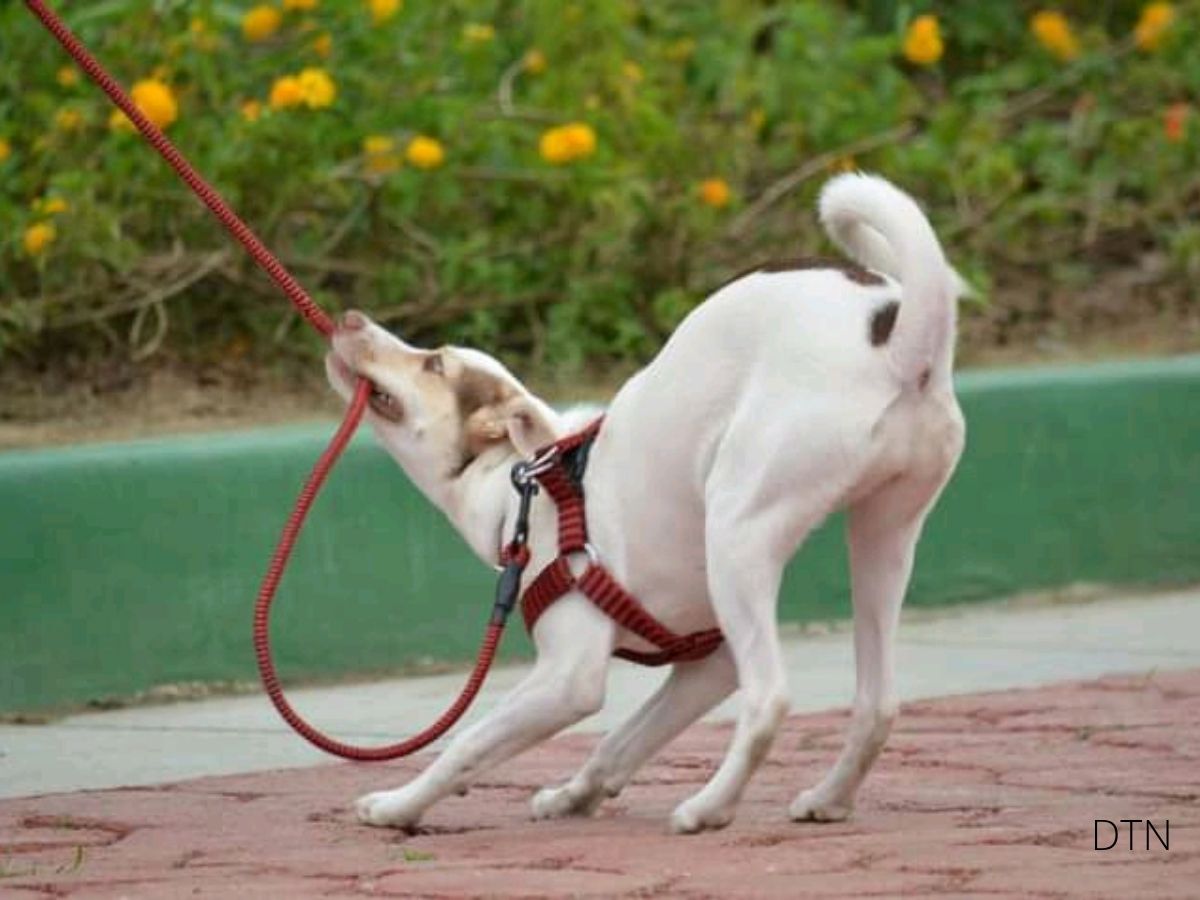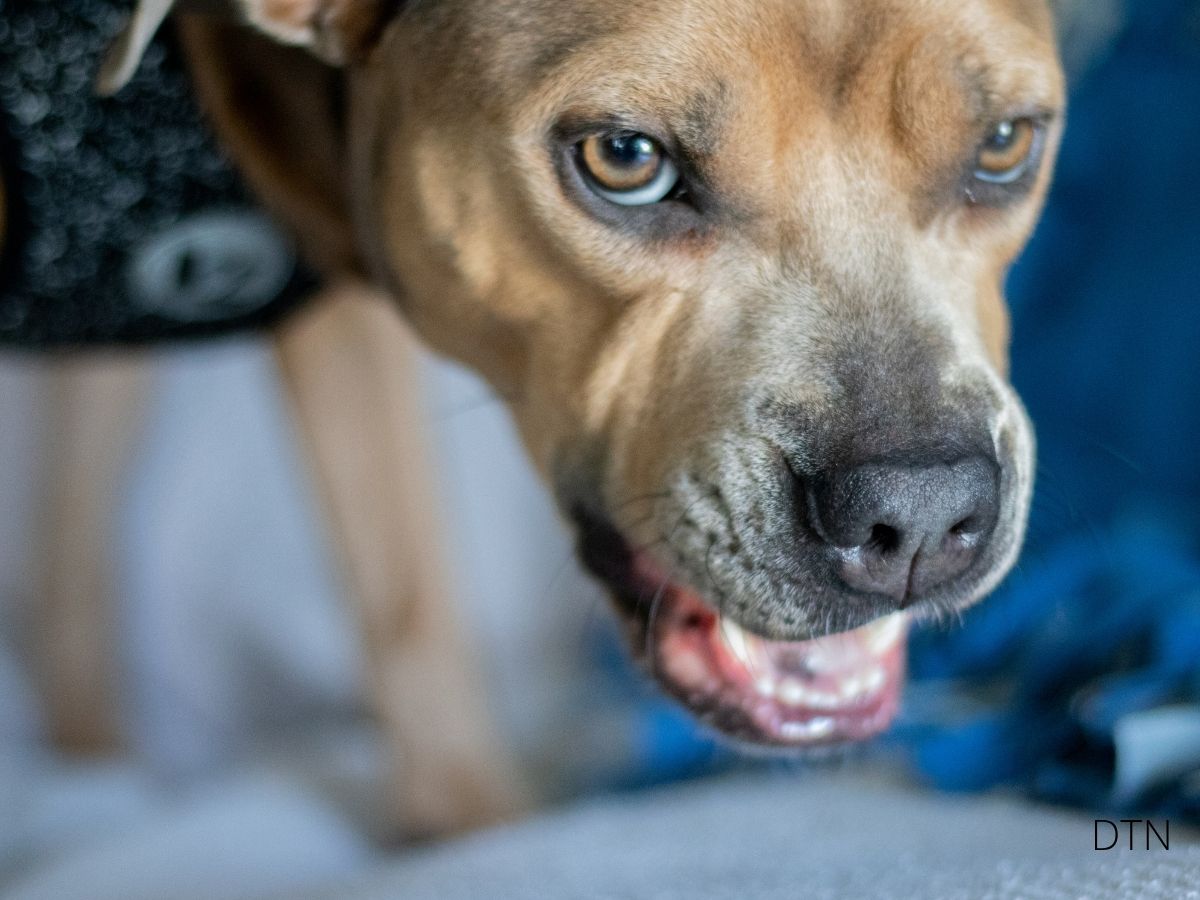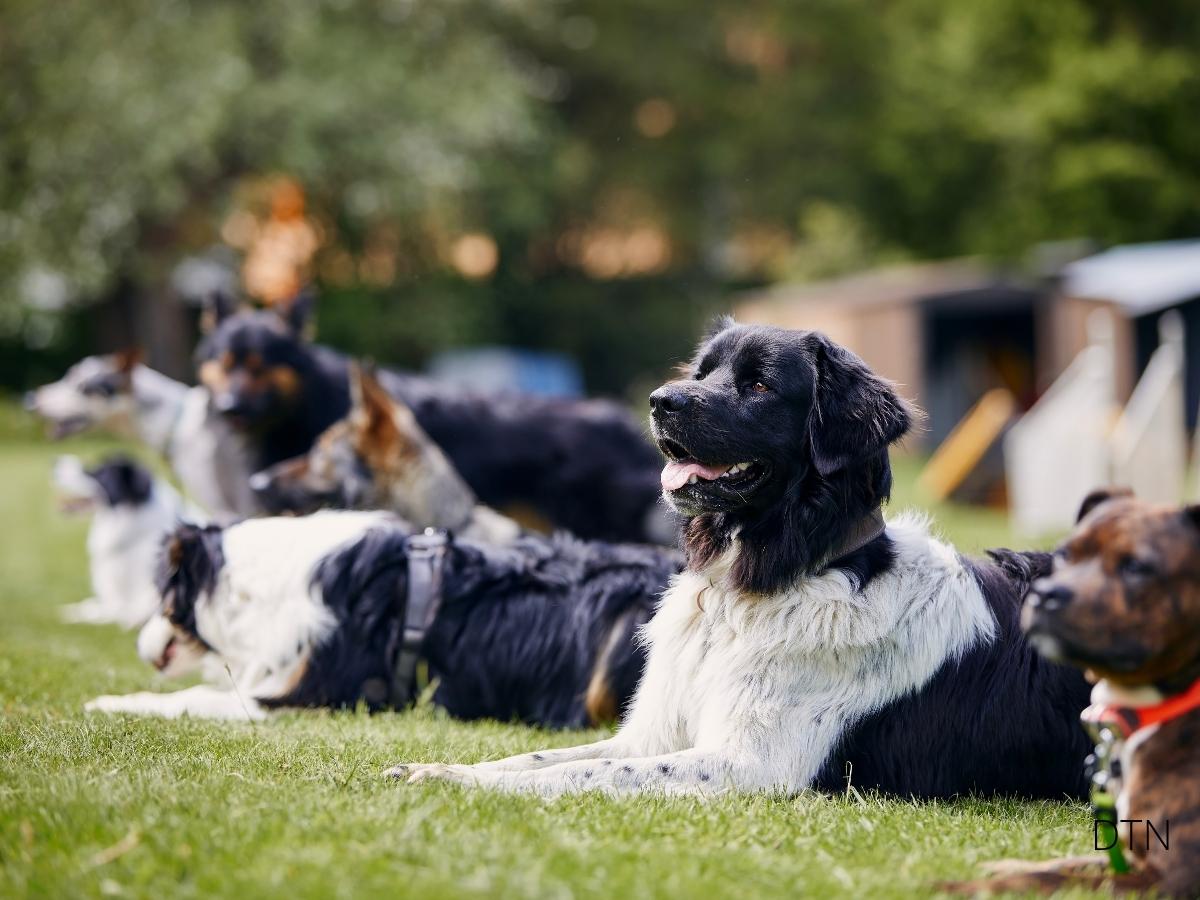Have you ever wondered why your dog sits perfectly in your living room but acts like they’ve never heard the word at the park? You’re not alone, and more importantly, your furry friend isn’t being stubborn. What looks like disobedience is actually a fascinating window into how dogs learn and remember.
Let us guide you through the science of context-dependent learning—knowledge that will transform how you understand your companion’s behavior and revolutionize your training approach. 🧠
How Your Dog’s Brain Actually Stores Commands
When your dog learns to sit on command, something extraordinary happens in their brain. They’re not just memorizing a word—they’re creating a rich, multi-sensory memory that includes everything happening around them at that moment.
Think of it this way: your dog’s brain creates a complex file folder for “sit,” labeled with dozens of environmental tags:
What Gets Encoded with “Sit”:
- Visual cues: Furniture patterns, lighting, your silhouette against familiar backgrounds
- Auditory elements: Your voice’s acoustic quality in that room, ambient sounds
- Physical sensations: Floor texture and temperature, body position
- Emotional state: Your dog’s confidence level, motivation, arousal
- Olfactory landscape: Familiar home scents, your personal scent
- Time-based factors: Time of day, energy level, before or after meals
When you take your dog to a bustling park, their brain searches for the “sit” file but struggles because all those environmental tags don’t match. The absence of original contextual cues genuinely hinders memory retrieval—your dog hasn’t forgotten, they just can’t access the memory as easily.
Research on episodic memory reveals that while recognition works differently across sensory cues, these cues remain powerful in evoking specific memory retrieval. For your dog, the whole “episode” of learning to sit in your home is encoded together. Change enough elements, and retrieval becomes genuinely difficult. 🐾
When the Environment Competes for Attention
Your dog processes an astonishing amount of information every second. In a new environment, all this sensory data floods in simultaneously and competes directly with your verbal command for attention.
When environmental stimuli are novel, highly salient, or emotionally charged, they can completely overshadow learned verbal cues. Imagine trying to solve a math problem while fireworks explode around you—that’s similar to what your dog experiences when asked to sit in a stimulating new environment.
The smell of another dog, the sight of a squirrel, or children playing can capture your dog’s attention so completely that processing your verbal command becomes nearly impossible. Your dog isn’t choosing to ignore you—their brain is simply allocating resources to what it perceives as more immediately important.
Understanding What Makes Commands Work (or Not)
Your Dog Reads More Than Your Words
Dogs have evolved alongside humans for thousands of years, developing extraordinary sensitivity to our non-verbal communication. Your tone, posture, facial expressions, and subtle gestures all convey meaning—often more than your actual words.
Non-Verbal Cues Your Dog Is Reading:
- Body orientation: Whether you’re facing them directly or turned away
- Hand position: Height, whether open or closed, movement patterns
- Facial expressions: Eye contact intensity, eyebrow position, mouth tension
- Shoulder position: Leaning forward, standing upright, or leaning back
- Weight distribution: How your weight shifts before giving commands
- Vocal tone: Pitch, volume, speed, and emotional quality
If you’ve always used a specific hand signal with your verbal “sit” command during training, your dog may have primarily learned the visual cue. When you omit the hand signal or change your body posture in a new environment, they might genuinely not recognize the verbal cue alone.
The solution isn’t robotic consistency—that’s neither possible nor natural. Instead, deliberately practice commands with varied tones, postures, and delivery styles during training. This teaches your dog to extract core meaning across variations.
Why Training in Only One Place Creates Problems
Over-reliance on single-location conditioning genuinely reduces your dog’s flexibility. When training is too rigid and context-specific, your dog develops a narrow understanding of the command’s applicability. They learn a very specific behavior pattern rather than a generalizable concept.
In artificial intelligence research, diversity of training data dramatically improves generalization to new tasks. This same principle applies to dog training: if your dog experiences a command in varied contexts with different cues, they’re far more likely to generalize to novel situations. 😊
The fidelity of a dog is a precious gift.
– Konrad Lorenz

Your Dog’s Emotional State Changes Everything
Stress, Arousal, and Memory Retrieval
Your dog’s emotional and physiological state profoundly impacts their ability to execute learned commands. High arousal, stress, or lack of motivation aren’t minor factors—they can completely override training.
Stress causes lasting changes in cognition, including deficits in context processing. Under stress, your dog might genuinely struggle to recall previously learned behaviors, especially if the stressor is connected to the new environment. Their brain’s stress response systems actively interfere with memory retrieval.
When your dog doesn’t respond in a new environment, consider their emotional state first. Are they stressed, over-aroused, or simply not motivated? Addressing the emotional foundation often solves the “obedience” problem without additional training. 🧡
Recognizing When Your Dog Is Overwhelmed
Every dog has a “distraction threshold”—the point where environmental stimuli exceed their processing capacity. When crossed, dogs become overwhelmed and unable to process commands effectively.
Signs Your Dog Has Exceeded Their Distraction Threshold:
- Whale eye: Showing eye whites, looking tense or worried
- Frozen posture: Standing completely still, unable to move
- Hyper-vigilance: Head swiveling rapidly, unable to focus
- Panting or drooling: Despite moderate temperatures
- Complete non-responsiveness: Not reacting to name or treats
- Displacement behaviors: Sudden scratching, sniffing, yawning
- Pulling or fleeing: Desperate attempts to leave
- Over-excitement: Uncontrolled jumping, spinning, or mouthing
Understanding cognitive load transforms training. Instead of drilling commands in challenging environments, successful training gradually increases environmental complexity, building your dog’s capacity to maintain focus under progressively more challenging conditions.
Building Real-World Reliability: Practical Solutions
Multi-Context Training That Actually Works
The most effective approach is multi-context, variable reinforcement training—systematically practicing commands across diverse locations, distraction levels, and circumstances.
Start with your easiest training environment, but don’t stay there too long. Once your dog reliably performs a command, begin practicing in different rooms. Each room presents subtly different environmental cues, helping your dog extract the essential element—your verbal command—from the environmental package.
Sample Training Environment Hierarchy:
- Foundation level: Living room during quiet times
- Mild home distractions: Same room with TV or family present
- Multi-room practice: Different rooms with varying acoustics
- Protected outdoor: Your backyard with familiar sounds
- Front yard exposure: Near the street with passing cars
- Quiet public spaces: Empty parking lots, quiet trails
- Moderate challenges: Parks with light traffic, quiet streets
- Increasing distractions: Busier parks with some dogs present
- High-challenge environments: Dog parks, busy streets
- Maintenance practice: Rotating through all levels
Master each level (80-90% reliability) before progressing. When practicing in challenging new environments, increase your reinforcement rate initially with higher-value treats. As your dog becomes comfortable, gradually introduce variable reinforcement again.
Stop Mistaking Confusion for Disobedience
Perhaps the most important application of this knowledge is shifting how we interpret our dogs’ behavior. When your dog fails to respond to a known command in a new environment, it’s almost never defiance—it’s a cognitive struggle to retrieve the correct response under altered conditions.
Recognizing that your dog is experiencing a genuine cognitive challenge, not intentionally ignoring you, transforms the entire training relationship. This shift from judgment to empathy creates a more patient, supportive approach that actually accelerates learning.
Be realistic about performance in novel environments. It’s genuinely unreasonable to expect perfect obedience in a completely new context if your dog hasn’t been systematically trained in varied settings. Think of each new environment as a learning opportunity, not a test of existing skills.
Instead of punishing perceived “disobedience,” gently guide your dog through the command in the new context. Use higher-value rewards, break the behavior into smaller steps if necessary, and celebrate small victories. If your dog won’t sit at the park, start by rewarding attention, then eye contact, then any shifting of weight backward, building up to the full behavior.
Moving Forward: Building Partnership Through Understanding
The phenomenon of dogs “failing” to respond to known commands in new environments isn’t about disobedience or stubbornness. It’s a window into how canine brains encode, store, and retrieve memories. When your dog learns “sit,” they create a rich, contextual memory including environmental cues, emotional states, handler signals, and sensory experiences. When these contexts change significantly, memory retrieval becomes genuinely more difficult.
Understanding this transforms everything. That “stubborn” behavior at the park makes sense—your dog isn’t ignoring you, they’re struggling with cognitive and contextual challenges that are completely normal and predictable.
Effective real-world training requires moving beyond single-context conditioning. By implementing multi-context, variable reinforcement training that systematically introduces diverse environments, emotional states, and cue variations, you help your dog develop truly robust and generalized responses. You’re teaching them that “sit” means sit everywhere, under all circumstances.
The journey to reliable obedience across contexts takes time, systematic effort, and empathy. But the reward is extraordinary: a dog who truly understands your communications, who can flexibly adapt learned behaviors to new situations, and who trusts that you’ll support them through learning challenges rather than punishing them for cognitive limitations.
Your dog is doing their best to understand and please you. Armed with this knowledge about contextual learning, you can now meet them halfway, creating training experiences that set them up for success. Together, you’ll build reliability not through force or frustration, but through patient, science-informed partnership. 🧡
Your Next Steps:
Begin by assessing your current training contexts—are you practicing in varied enough environments? Create a hierarchy of locations from easiest to most challenging, and commit to systematic practice across this spectrum. Remember that each new context is a learning opportunity, not a test. Celebrate progress, adjust your expectations, and above all, maintain that warm, patient partnership that makes training rewarding for both of you.






